Home>Dining>Events & Etiquette>Table Manners: How To Behave In The Modern World And Why Bother
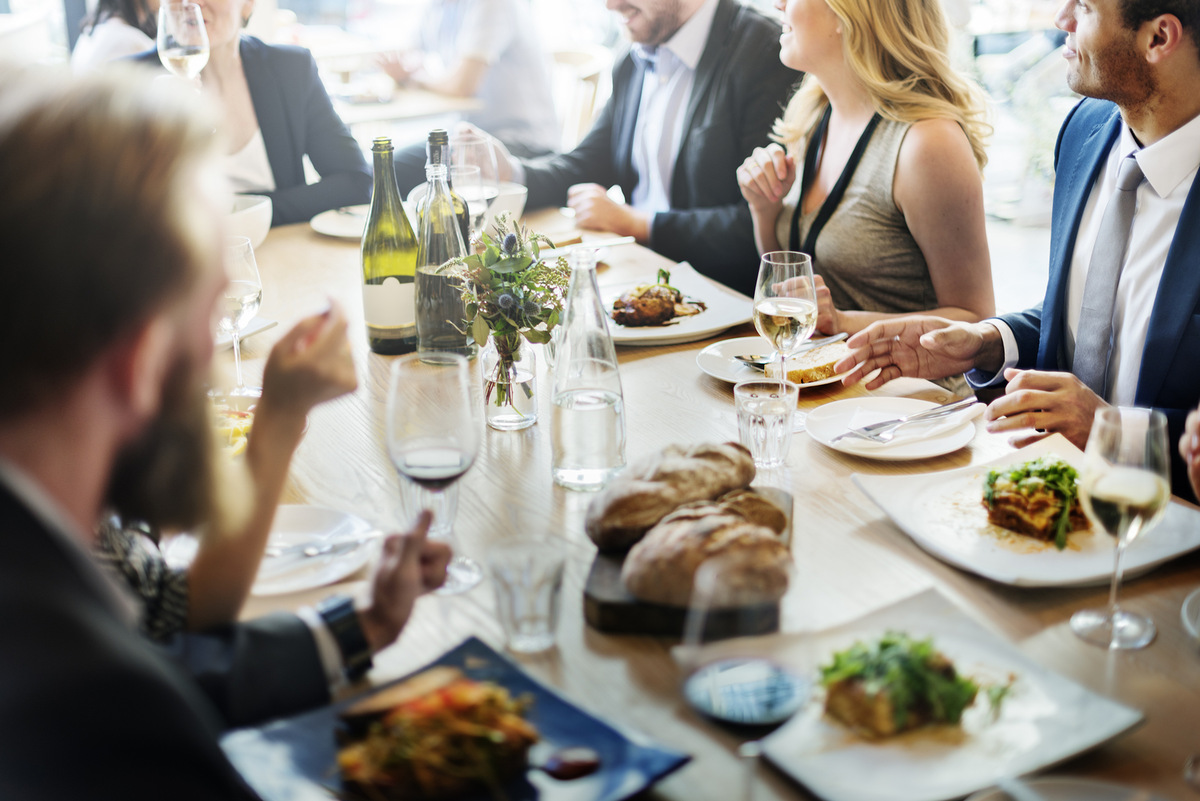

Events & Etiquette
Table Manners: How To Behave In The Modern World And Why Bother
Modified: January 19, 2024
Learn the essential table manners for modern events and why they matter. Discover the importance of etiquette in today's world.
(Many of the links in this article redirect to a specific reviewed product. Your purchase of these products through affiliate links helps to generate commission for Storables.com, at no extra cost. Learn more)
Introduction
Table manners are a fundamental aspect of social etiquette that have been passed down through generations. They serve as a guide to behaving appropriately during meals and reflect our respect for others and our appreciation for the food we are about to enjoy. In today’s modern world, where casual dining and fast-paced lifestyles are increasingly prevalent, table manners may be overlooked or considered old-fashioned. However, understanding and practicing proper table manners remains as important as ever.
A well-mannered individual not only showcases their respect for those around them but also sets a positive example for others, creating a more pleasant and harmonious dining experience. Whether dining with friends, family, colleagues, or new acquaintances, knowing how to conduct oneself at the table can greatly enhance one’s personal and professional relationships.
In this article, we will explore the significance of table manners as well as provide practical tips on how to behave in various dining scenarios. From basic table etiquette to proper use of utensils, napkin etiquette, and even dealing with difficult foods, we will cover it all to ensure you are well-prepared for any dining situation that comes your way. So, let’s dive in and discover why table manners matter in the modern world.
Key Takeaways:
- Mastering table manners enhances relationships, shows respect, and creates a pleasant dining experience, fostering a harmonious atmosphere and positive impression on others.
- Being mindful of eating habits, conversation topics, and technology usage enriches the dining experience, promoting meaningful connections and genuine interactions with others.
The Importance of Table Manners
Table manners are not just arbitrary rules; they serve a significant purpose in our society. They act as a form of communication and convey our respect and consideration for others. When we exhibit good table manners, we demonstrate our ability to navigate social situations and show appreciation for the food and the company we are sharing it with.
One of the key benefits of table manners is that they create a sense of order and harmony during meals. Imagine a scenario where everyone is talking loudly, slurping their soup, and reaching across the table without regard for others. It would undoubtedly be chaotic and unpleasant. By practicing proper table manners, we contribute to a more peaceful and enjoyable dining experience for everyone involved.
Table manners also play a role in how we are perceived by others. Whether we are having a meal with friends, colleagues, potential employers, or even on a date, our behavior at the table sends a message about our character and upbringing. Someone who displays good table manners is often seen as attentive, considerate, and respectful, while those who disregard proper etiquette can come across as rude or uncaring.
In addition to their social significance, table manners also promote better dining habits. They encourage us to eat in a more controlled and mindful manner. Using utensils correctly, chewing with our mouth closed, and not talking with food in our mouth are all examples of good table manners that contribute to a more pleasant dining experience for everyone. By being mindful of our eating habits, we can savor the flavors of the food and engage in meaningful conversation without causing discomfort to ourselves or others.
Furthermore, practicing good table manners demonstrates our appreciation for the food we are about to consume. It acknowledges the effort that went into preparing the meal and displays gratitude towards the host or chef. By properly using utensils, avoiding wastage, and not criticizing the food, we show our respect for the culinary experience and the people behind it.
Lastly, table manners are not limited to formal or fancy dining occasions. They should be practiced regardless of the setting, whether it’s a casual dinner at home or a business lunch. Good table manners transcend social boundaries and reflect our commitment to civility and respect for others.
In a nutshell, table manners serve as a powerful tool in our social interactions. They foster a sense of order, contribute to our overall impression, promote healthier eating habits, show appreciation for the food, and bridge the gap between different social circles. Understanding and practicing proper table manners is not just about following rules; it is about creating a positive and harmonious dining experience for everyone involved.
Basic Table Etiquette
When it comes to table etiquette, there are some fundamental rules that everyone should be aware of. These guidelines ensure that we navigate the dining experience smoothly and respectfully. Here are some basic table etiquette tips to keep in mind:
- Arrive on time: If you are invited to a meal, whether it’s a formal dinner or a casual gathering, make sure to arrive on time or slightly early. Being punctual shows respect for the host and allows the meal to start smoothly.
- Wait to be seated: Unless otherwise instructed, wait for your host or the designated person to indicate where you should sit. If there are no assigned seats, allow your elders or guests of honor to be seated first.
- Sit up straight: Maintain good posture while at the table. Sit up straight, but in a relaxed manner. Avoid slouching or leaning back too far.
- Keep your elbows off the table: While it may seem like a minor detail, resting your elbows on the table is considered impolite in most dining situations. Keep your hands in your lap when not using utensils.
- Chew with your mouth closed: Take small bites and chew with your mouth closed. Avoid talking with food in your mouth, as it can be both impolite and unappetizing to others.
- Use utensils correctly: Know which utensils to use for each dish and how to hold them properly. Start from the outermost utensils and work your way towards the plate as the meal progresses.
- Follow the host’s lead: Pay attention to your host or the person hosting the event. Observe their behavior and follow their lead when it comes to starting and finishing a course, using utensils, and other dining customs.
- Pass dishes to the right: When passing dishes or platters, always offer them to the person on your right first. Allow them to take what they want before offering it to others at the table.
- Be mindful of your table manners: Avoid behaviors such as slurping, smacking your lips, or making loud noises while eating. These actions can be distracting and unpleasant for others.
- Wait for everyone to be served: Before you start eating, make sure that everyone at the table has been served. This ensures that everyone can begin eating together and promotes a sense of unity.
These basic table etiquette guidelines will help you navigate any dining situation with confidence and respect. By following these tips, you will create a more pleasant and harmonious atmosphere for everyone involved.
Proper Use of Utensils
Knowing how to use utensils correctly is an essential aspect of table etiquette. Using utensils properly not only shows respect for the food being served but also ensures a smooth and enjoyable dining experience. Here are some tips on the proper use of utensils:
Forks:
Hold the fork with your dominant hand, gripping it between your thumb and index finger. Use the tines of the fork to spear and lift food to your mouth. Avoid stabbing or aggressively piercing the food. When resting your fork between bites, place it diagonally across the plate, tines facing up.
Knives:
Hold the knife with your dominant hand while gripping the handle firmly. Use a gentle sawing motion to cut through the food. Avoid using excessive force or making loud scraping noises with the knife. After use, place the knife on the plate, blade facing inward.
Spoons:
Hold the spoon with your dominant hand, using your thumb and index finger to grip the handle. Scoop up small amounts of soup, cereal, or other liquids using the curved part of the spoon. When resting the spoon, place it on the saucer or at the top right corner of your plate.
Salad Forks:
Salad forks are typically smaller and have more widely spaced tines. Use the salad fork for salads, appetizers, or any dish that does not require a regular dinner fork. Hold it in the same manner as a regular fork and use it accordingly.
Soup Spoons:
Soup spoons are usually rounder and deeper than regular spoons. Use the soup spoon for soups, stews, or dishes with a significant liquid portion. Hold it in the same manner as a regular spoon and scoop the liquid towards you.
Chopsticks:
If using chopsticks, hold one chopstick between your thumb and index finger, resting it on your ring finger. Hold the other chopstick like a pencil, using your thumb, index, and middle fingers to control its movement. Practice using chopsticks before dining out to feel more comfortable with their use.
Bread and Butter Knife:
Use the bread and butter knife to apply butter or spreads to bread or rolls. Hold the knife with the same grip as the regular knife and apply the desired amount of butter or spread with a gentle spreading motion.
Remember, when using multiple utensils during a meal, start from the outside and work your way inward as each course is served. Never place a used utensil back on the tablecloth or placemat. Instead, rest it on the side of the plate or ask for a replacement if needed.
By mastering the proper use of utensils, you can enjoy your meal with ease and elegance while demonstrating your respect for the food and the dining experience.
Napkin Etiquette
Proper napkin etiquette is an essential part of table manners. The napkin serves multiple purposes, including keeping your clothes clean, wiping your mouth, and signaling the end of the meal. Here are some guidelines to follow when it comes to napkin etiquette:
Placement:
As you sit down at the table, your napkin may be folded and placed either to the left of your plate or on top of it. In more formal settings, the server may unfold your napkin and place it on your lap. If this is the case, wait for the server to do so before touching it.
Unfolding:
When ready to use your napkin, unfold it and lay it across your lap. Smooth it out gently to prevent any unnecessary creases. The fold should face towards you while the open edges face away from your body.
Usage:
Throughout the meal, use your napkin to dab or blot your mouth as needed. Avoid wiping your mouth vigorously or leaving stains on the napkin. Blotting gently is the proper way to address any food or drink residue on your lips or around your mouth.
Etiquette Between Bites:
When taking a break between bites or courses, place your napkin neatly on your lap. This signals to the server that you are still enjoying the meal and will be returning shortly. Never tuck your napkin into your collar or use it as a bib; it should remain on your lap throughout the meal.
End of the Meal:
Once you have finished your meal, and while seated, use your napkin to lightly blot your mouth one final time. The napkin should not be folded or crumpled at this point. Instead, loosely gather it, leaving any debris or crumbs on the table, and place it to the left of your plate.
Leaving the Table:
If you need to leave the table temporarily during the meal, place your napkin loosely on your chair. This signals to the staff that you have not finished your meal, and they should not clear your plate.
End of the Meal, Formal Setting:
In a formal setting, such as an upscale restaurant or a formal dinner, the napkin should not be refolded. Instead, leave the napkin unfolded and loosely gather it, then place it to the left of your place setting when you leave the table.
Remember that napkins are meant to be discreet and utilized primarily for personal cleanliness. Following proper napkin etiquette adds elegance and respect to the dining experience while ensuring you maintain a clean and composed appearance throughout the meal.
Read more: Why Table Manners Are Important
Being Mindful of Your Eating Habits
Part of practicing good table etiquette is being mindful of your eating habits. How we eat can greatly impact our dining experience and the experience of those around us. By cultivating positive eating habits, we can enhance the enjoyment of our meals and create a more pleasant atmosphere. Here are some tips for being mindful of your eating habits:
Pace Yourself:
Eating at a moderate pace allows you to savor the flavors of the food and enjoy the meal fully. Avoid rushing through your meal or eating too slowly, as both can disrupt the flow of the dining experience. Take small bites, chew thoroughly, and pause between bites to engage in conversation or appreciate the ambiance.
Avoid Talking with Food in Your Mouth:
While engaging in conversation during a meal is encouraged, it’s important to remember not to talk with food in your mouth. Finish chewing and swallowing your food before speaking. This prevents any potential mishaps, such as food spewing out while trying to communicate, and shows respect for your dining companions.
Be Respectful of Food Allergies and Dietary Restrictions:
If you have dietary restrictions or allergies, it’s crucial to communicate them to your host or server before the meal. This allows them to accommodate your needs and ensures a safe and enjoyable dining experience for everyone. Additionally, be considerate of others’ dietary restrictions and avoid making a scene or drawing attention to someone’s specific food choices.
Avoid Overindulging:
While it’s tempting to indulge in delicious food, it’s essential to practice moderation. Avoid overeating, especially in social settings or formal dining occasions. Pace yourself, listen to your body’s cues of satiety, and enjoy the meal in a balanced and mindful manner.
Use Discretion with Condiments and Seasonings:
When it comes to adding condiments, salt, or seasonings to your food, it’s best to exercise discretion. Taste the dish first before adding additional flavors, as it may already be perfectly seasoned. Avoid excessively seasoning your food without experiencing its true flavor profile.
Refrain from Noisy Eating Habits:
Make an effort to eat as quietly as possible, avoiding loud chewing noises, slurping, or smacking your lips. These noises can be distracting and unpleasant for those around you. Close your mouth when chewing to minimize any potential noise.
Practice Gratitude:
Taking a moment before or after the meal to express gratitude for the food, the effort put into preparing it, and the company you are sharing it with can add a sense of appreciation to the dining experience. This simple act of gratitude can foster a positive atmosphere and enhance the overall enjoyment of the meal.
Being mindful of your eating habits not only enhances your personal dining experience but also contributes to a more pleasant and respectful atmosphere for everyone involved. By practicing moderation, respecting dietary restrictions, and savoring each bite, you can cultivate positive eating habits and make every meal a memorable experience.
When dining, place your napkin on your lap, chew with your mouth closed, and wait for everyone to be served before starting to eat. These simple table manners show respect for others and make for a more pleasant dining experience.
Appropriate Conversation Topics
Engaging in meaningful conversation during a meal can make the dining experience more enjoyable and create a positive atmosphere. However, it’s important to be mindful of the topics you choose to discuss, as some may be more appropriate than others. Here are some guidelines for selecting appropriate conversation topics:
Keep it Light and Positive:
Opt for topics that are lighthearted and positive in nature. Avoid discussing controversial subjects or engaging in heated debates during the meal. Instead, focus on topics that promote positivity, such as hobbies, travel experiences, books, movies, or interesting anecdotes.
Current Events:
While it’s fine to mention current events, be mindful of the potential sensitivity surrounding certain topics. Avoid engaging in political or divisive discussions that may lead to discomfort or disagreement. Stick to general news or topics that are unlikely to cause tension.
Shared Interests:
When dining with friends or acquaintances, try to find common ground by discussing shared interests. Whether it’s sports, hobbies, or mutual experiences, finding a topic that everyone can contribute to helps foster a sense of camaraderie and connection.
Travel:
Travel is often a great conversation starter, as it allows people to share their experiences and learn about different cultures. Discussing favorite travel destinations, memorable experiences, or future travel plans can be a fun and engaging topic that sparks interesting stories and shared enthusiasm.
Food and Culinary Experiences:
Food is a universal topic that brings people together. Sharing and discussing culinary experiences, favorite restaurants, unique dishes, or memorable meals can create a delightful conversation during a meal. It allows everyone to express their preferences, share recommendations, and celebrate the diverse world of cuisine.
Personal Achievements and Goals:
Sharing personal achievements and goals in a humble and modest manner can inspire positive conversation. Discussing accomplishments, aspirations, and future plans can create a supportive and motivational atmosphere, allowing everyone to celebrate each other’s successes.
Avoid Sensitive or Personal Topics:
It’s important to respect others’ privacy and avoid prying into sensitive or personal matters. Avoid asking intrusive questions about relationships, finances, or personal struggles unless the person volunteers that information. Maintain an atmosphere of respect and discretion.
Listen and Show Interest:
One of the most important aspects of meaningful conversation is active listening. Show genuine interest in what others are saying and ask open-ended questions to encourage further discussion. Engage in conversation that allows everyone to participate and have their voices heard.
Remember, the goal of a meal is to enjoy good food and good company. By selecting appropriate conversation topics and promoting a positive atmosphere, you can create a memorable and enjoyable dining experience for everyone involved.
Dealing with Difficult Foods
Encountering difficult foods during a meal is not uncommon, and knowing how to handle them with grace is an important aspect of table etiquette. Whether it’s crusty bread, messy saucy dishes, or unfamiliar foods, here are some tips for dealing with difficult foods:
Crusty Bread:
When faced with crusty bread that is difficult to cut or tear, avoid using your hands to break it apart. Instead, use a butter knife to gently cut through the crust. If there is a bread plate provided, you can discreetly break off small pieces and butter them individually.
Saucy Dishes:
Saucy dishes can be challenging to eat without making a mess. To handle them gracefully, use your utensils to cut or scoop up small portions. Take small bites and make sure to wipe your mouth with your napkin as needed. Avoid slurping or making excessive noise while eating.
Foods with Shells or Bones:
When dining on foods with shells or bones, such as shrimp or chicken, use your utensils to remove the shells or bones discreetly. Avoid using your fingers unless it is common practice for the specific dish. If you are unsure about the proper way to eat a particular food, observe others or politely ask for guidance.
Difficult-to-Eat Fruits:
Some fruits, such as pomegranates or mangoes, can be challenging to eat without getting messy. To handle these fruits gracefully, use a knife and fork to slice, peel, and eat them in bite-sized pieces. Alternatively, you can use a spoon to scoop out the flesh from the skin.
Unfamiliar Foods:
If you encounter unfamiliar or exotic foods during a meal, approach them with an open mind. Do your best to observe how others at the table are eating the dish and follow their lead. If you are unsure about the proper way to eat a particular food, you can politely ask your dining companions for guidance.
Crumbly or Sticky Foods:
When dealing with foods that are crumbly or sticky, such as pastries or sticky rice, ensure that you take small, manageable bites. Use your utensils to control the portion size. If any crumbs or stickiness remain on your fingers or lips, discreetly wipe them with your napkin.
Remember, the key to dealing with difficult foods is to maintain composure and dignity while finding practical solutions. Avoid making a fuss or drawing unnecessary attention to yourself. By handling challenging foods with poise, you demonstrate your ability to navigate different dining experiences with grace and respect for yourself and those around you.
Handling Accidental Spills or Mishaps
Accidental spills or mishaps can happen to anyone during a meal, even with the best of intentions. How you handle these situations can make a significant difference in maintaining your composure and preventing any further disruptions. Here are some tips for handling accidental spills or mishaps gracefully:
Stay Calm and Apologize:
If you accidentally spill a beverage or drop a utensil, remain calm and composed. Quickly assess the situation and apologize sincerely to those affected. A simple “I’m sorry” goes a long way in acknowledging the mishap and demonstrating your consideration for others.
Alert the Staff, if Necessary:
If the spill or mishap is significant and requires additional assistance, such as a broken glass or spilled food, discreetly notify the waitstaff or host. They are trained to handle these situations and will assist in resolving the issue.
Offer Assistance:
If your spill affects others at the table, offer to help clean up or assist in any way possible. This gesture shows your willingness to take responsibility for the accident and eases any inconvenience caused.
Use Your Napkin:
In the event of a spill on yourself or the table, use your napkin to blot and absorb as much of the spill as possible. Be careful not to spread the spill or rub it into the fabric. Gently dab the affected area until you have absorbed as much liquid as possible.
Request a Replacement:
If your spill or mishap results in an item becoming unusable, such as a stained tablecloth, utensil, or napkin, discreetly request a replacement from the staff. They will be happy to provide a clean replacement and ensure your continued comfort.
Continue with the Meal:
Once the spill or mishap has been addressed, do your best to continue with the meal in a composed manner. Avoid dwelling on the incident and shift the focus back to enjoying the food and engaging in conversation.
Remember, accidents happen to everyone, and how you handle them speaks volumes about your character and poise. By staying calm, taking responsibility, and responding with grace, you can turn a potentially embarrassing situation into an opportunity to demonstrate your maturity and consideration for others.
Paying Attention to Technology Usage
In today’s digital age, it’s important to be mindful of our technology usage, especially during mealtimes. While smartphones, tablets, and other devices offer convenience and connectivity, their presence at the table can detract from the dining experience and disrupt social interactions. Here are some guidelines for paying attention to technology usage during meals:
Set a Technology-Free Zone:
Create a designated area or time where technology is off-limits during meals. This could be a particular room in your home or a rule that applies to all family members or dining companions. By establishing a technology-free zone, you can fully engage in the dining experience and connect with those around you.
Turn Off Notifications:
If you must have your phone or device nearby during a meal, silence notifications and resist the urge to check messages, emails, or social media. By eliminating distractions, you can be fully present and attentive to the conversation and enjoyment of the meal.
Focus on Face-to-Face Interaction:
Dining together provides a valuable opportunity for face-to-face interaction. Make a conscious effort to engage in meaningful conversation with those around you. Put your devices aside and give your full attention to the people present at the table. This fosters stronger connections and enhances the overall dining experience.
Lead by Example:
If you want to encourage others to limit their technology usage during meals, lead by example. Demonstrate your commitment to being present by refraining from using your phone or device. Others are more likely to follow suit when they see your active engagement in the meal and conversation.
Be Respectful of Others:
Avoid using your phone or device to capture every moment of the meal or to take excessive photos or selfies. Such behavior can be disruptive and distract others. Instead, focus on creating memories and engaging in genuine interactions without the constant presence of technology.
Exceptions for Emergencies:
While it’s important to minimize technology usage during meals, exceptions can be made in cases of emergencies or urgent matters. However, communicate your intentions beforehand and excuse yourself from the table, if necessary, to handle the situation discreetly.
Remember, mealtime is an opportunity to connect, enjoy good food, and engage in meaningful conversation. By being mindful of our technology usage and prioritizing face-to-face interactions, we can enrich the dining experience and foster stronger relationships with those around us.
Conclusion
Table manners and etiquette play an essential role in navigating the modern world of dining. These social guidelines enhance our relationships, show respect for others, and create a pleasant and comfortable dining experience. By practicing proper table manners, we can connect with others, appreciate the food we are sharing, and demonstrate our understanding of social norms.
From basic table etiquette, such as arriving on time and using utensils correctly, to being mindful of our eating habits and conversation topics, every aspect contributes to a harmonious and enjoyable dining experience. By following these guidelines, we can navigate various dining scenarios with grace and confidence.
Part of practicing good table manners includes being adaptable and respectful of cultural differences. Through observation and learning, we can familiarize ourselves with the customs and traditions of the dining etiquette of different cultures, allowing us to be respectful and inclusive when dining with individuals from diverse backgrounds.
It is also crucial to remember that table manners extend beyond the physical table. How we behave and interact with others during meals reflects our character and consideration for those around us. By being present, engaging in meaningful conversation, and limiting our technology usage, we can create a more connected and enjoyable dining experience.
In conclusion, investing time and effort into mastering table manners is an investment in our personal and social growth. By practicing proper etiquette, we can enhance our relationships, make a positive impression, and create a harmonious atmosphere during meals. So, let us embrace the importance of table manners in the modern world and make every dining experience a memorable and meaningful one.
Frequently Asked Questions about Table Manners: How To Behave In The Modern World And Why Bother
Was this page helpful?
At Storables.com, we guarantee accurate and reliable information. Our content, validated by Expert Board Contributors, is crafted following stringent Editorial Policies. We're committed to providing you with well-researched, expert-backed insights for all your informational needs.
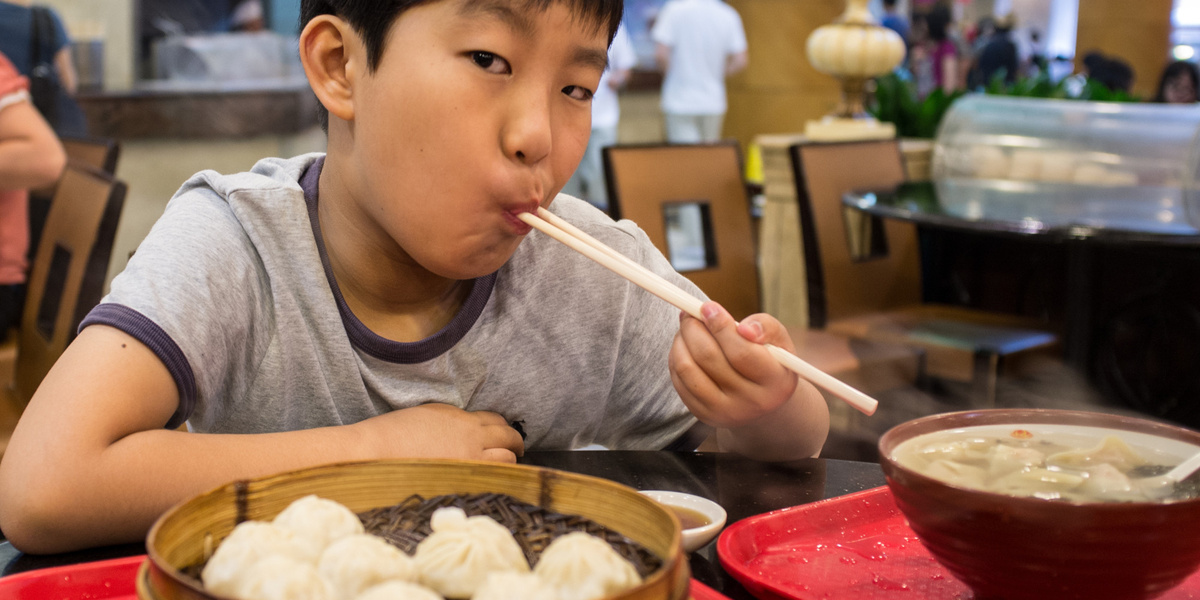
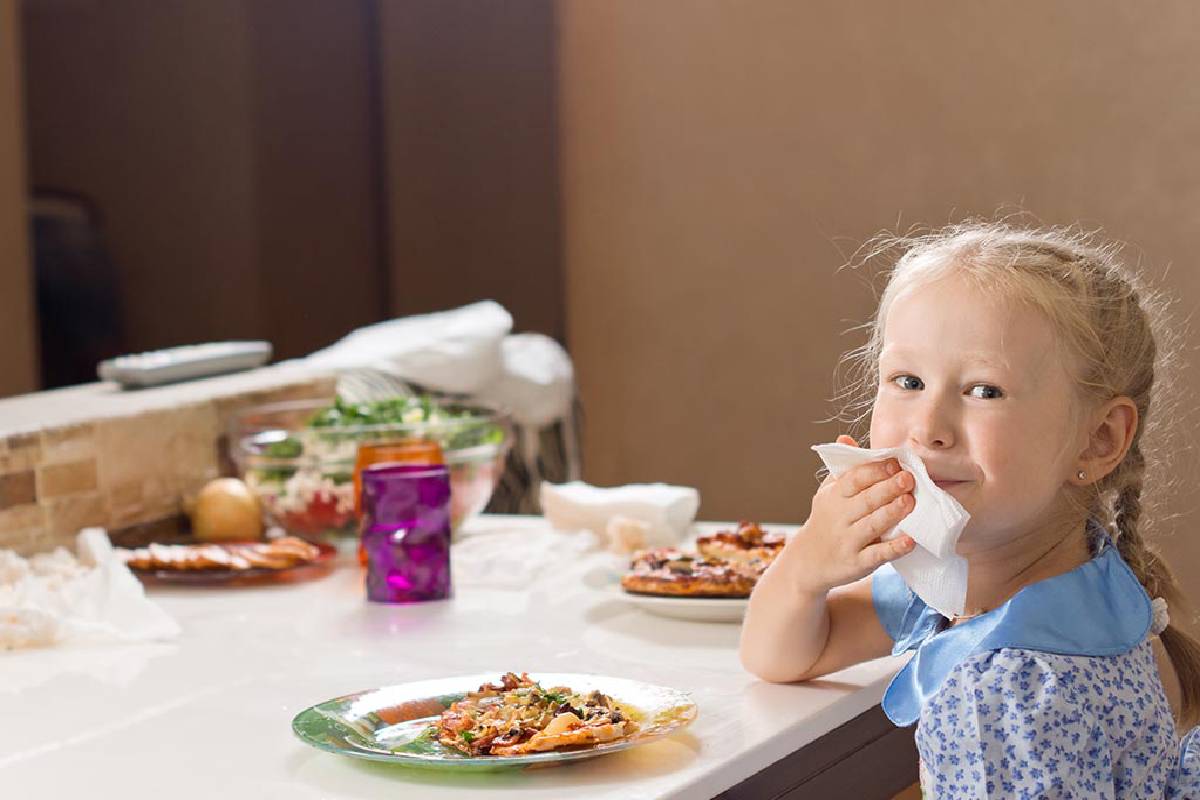
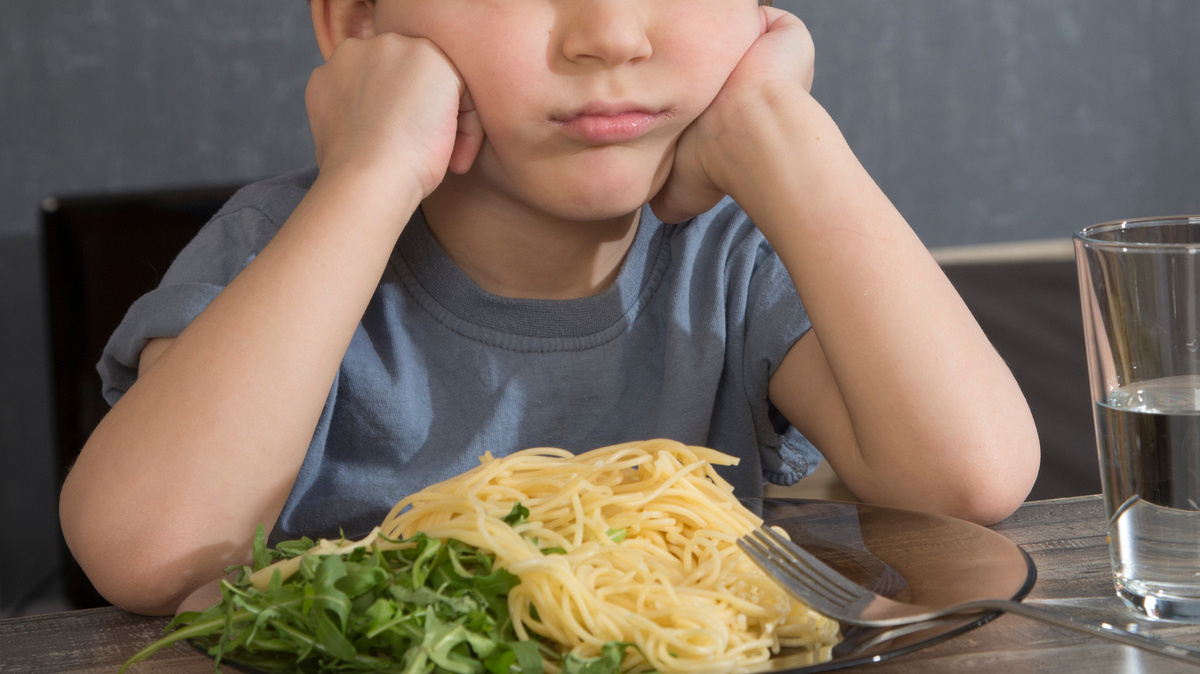
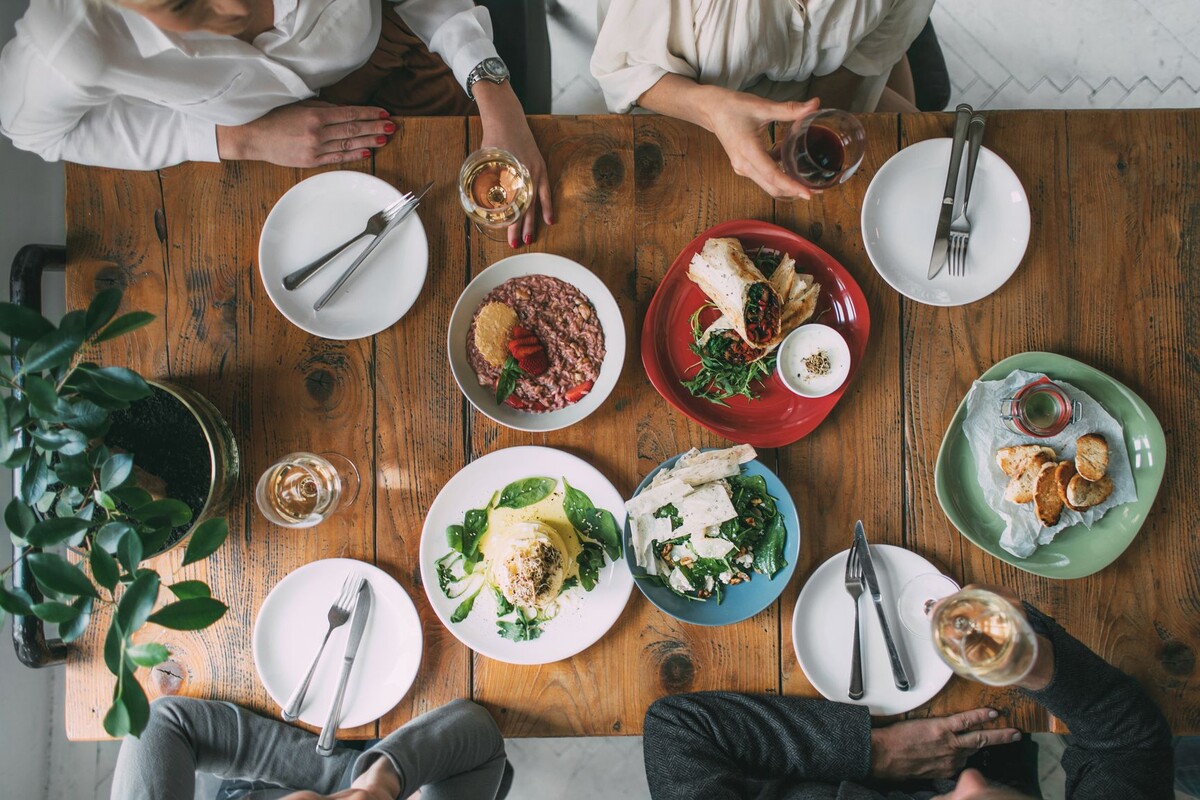
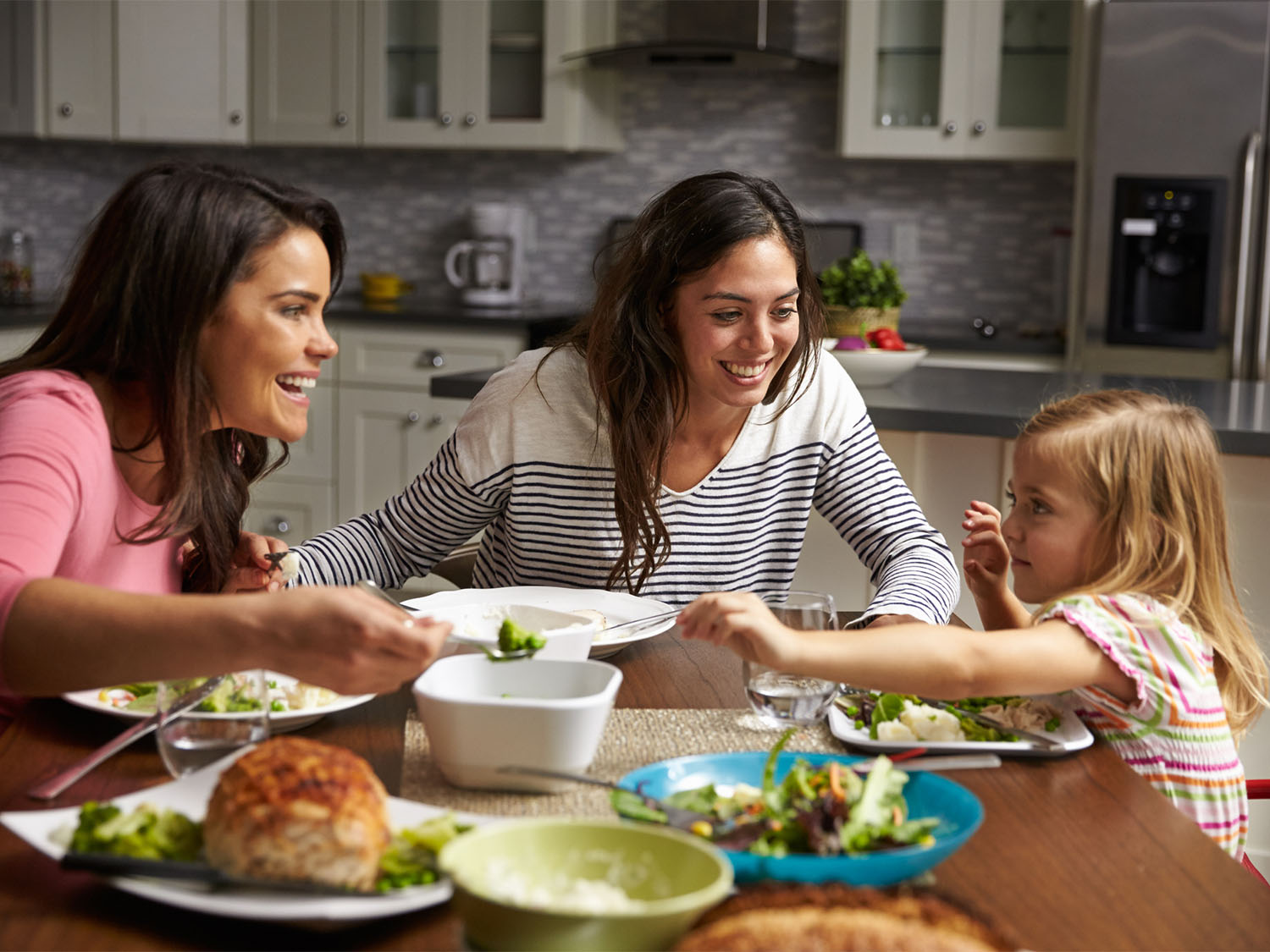
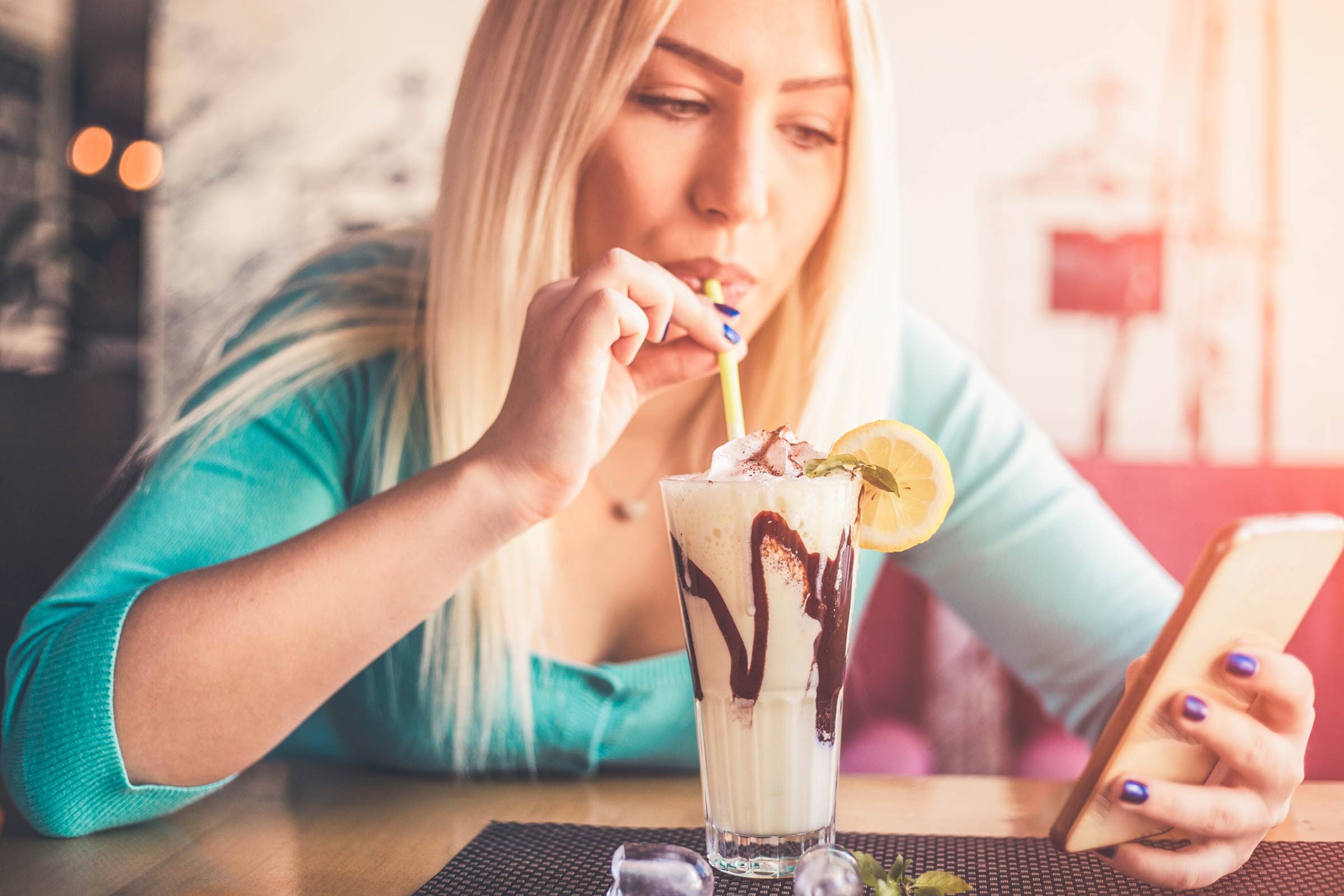
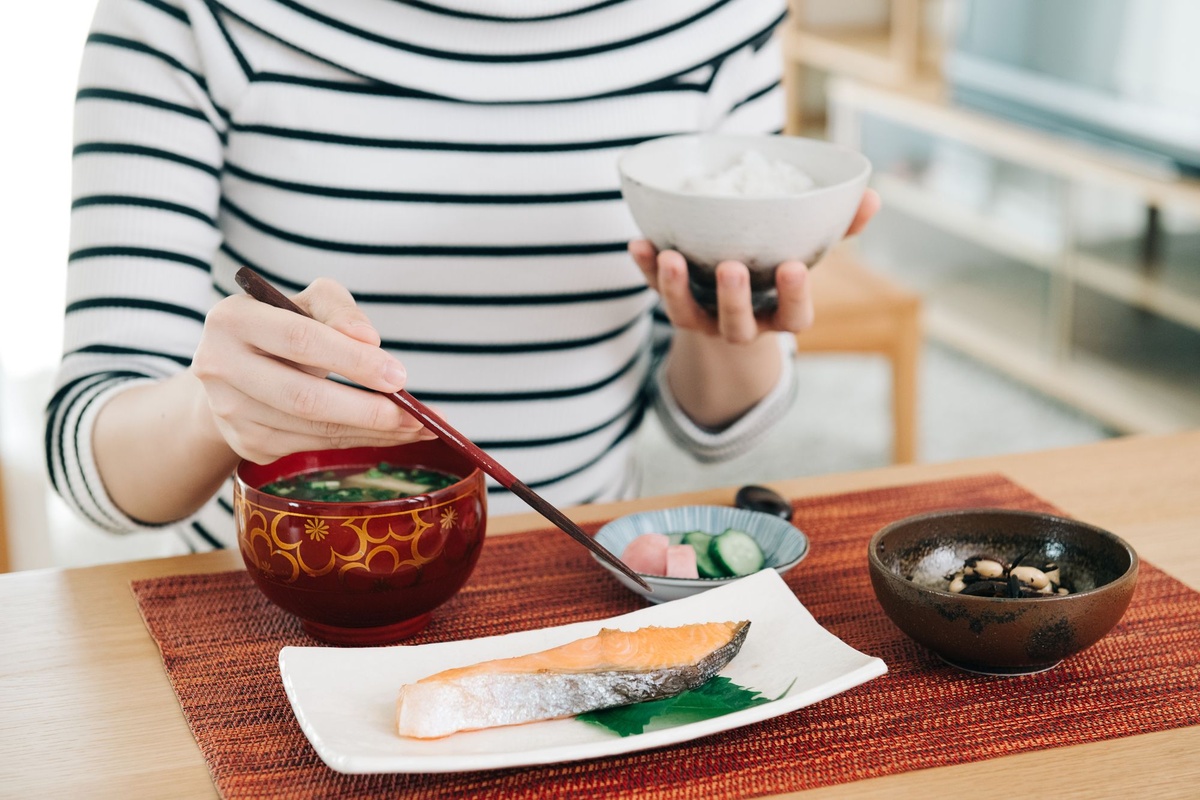
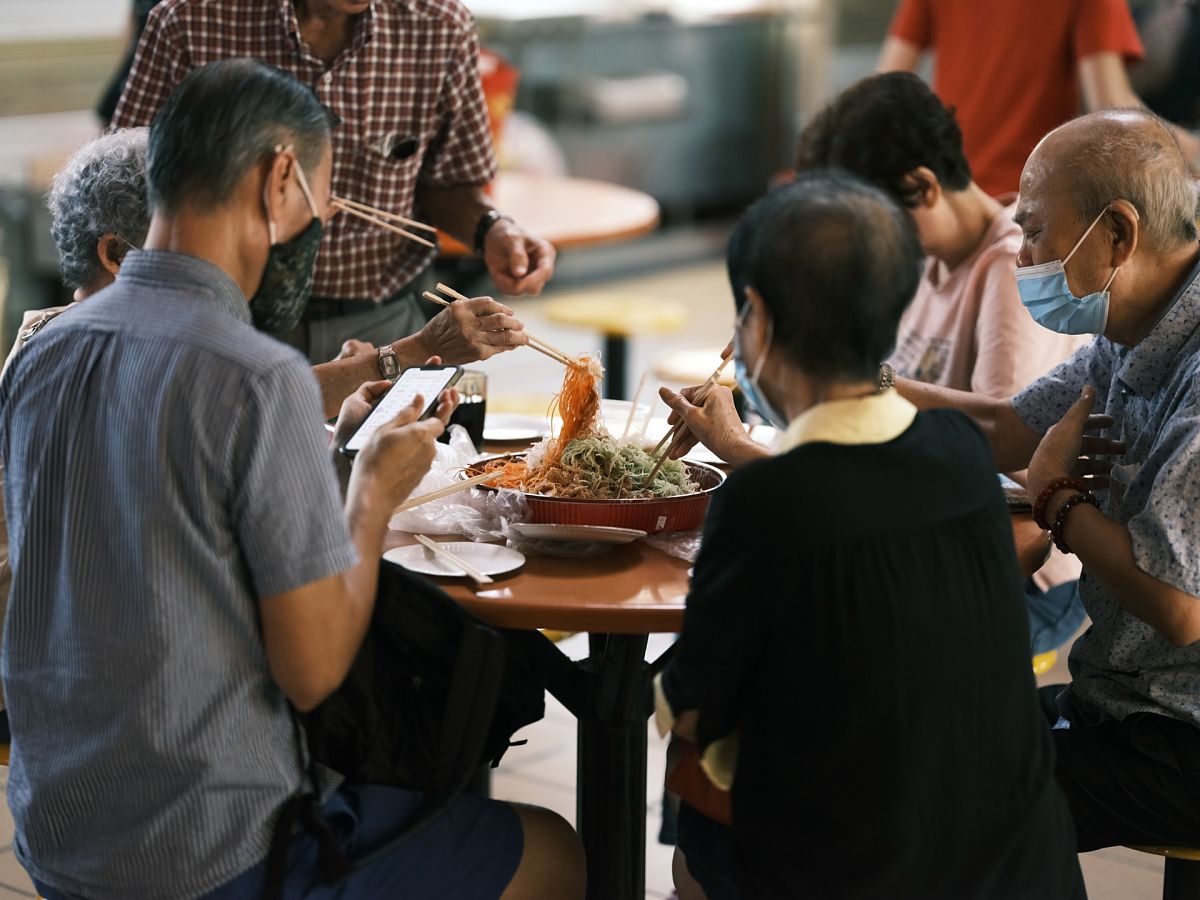


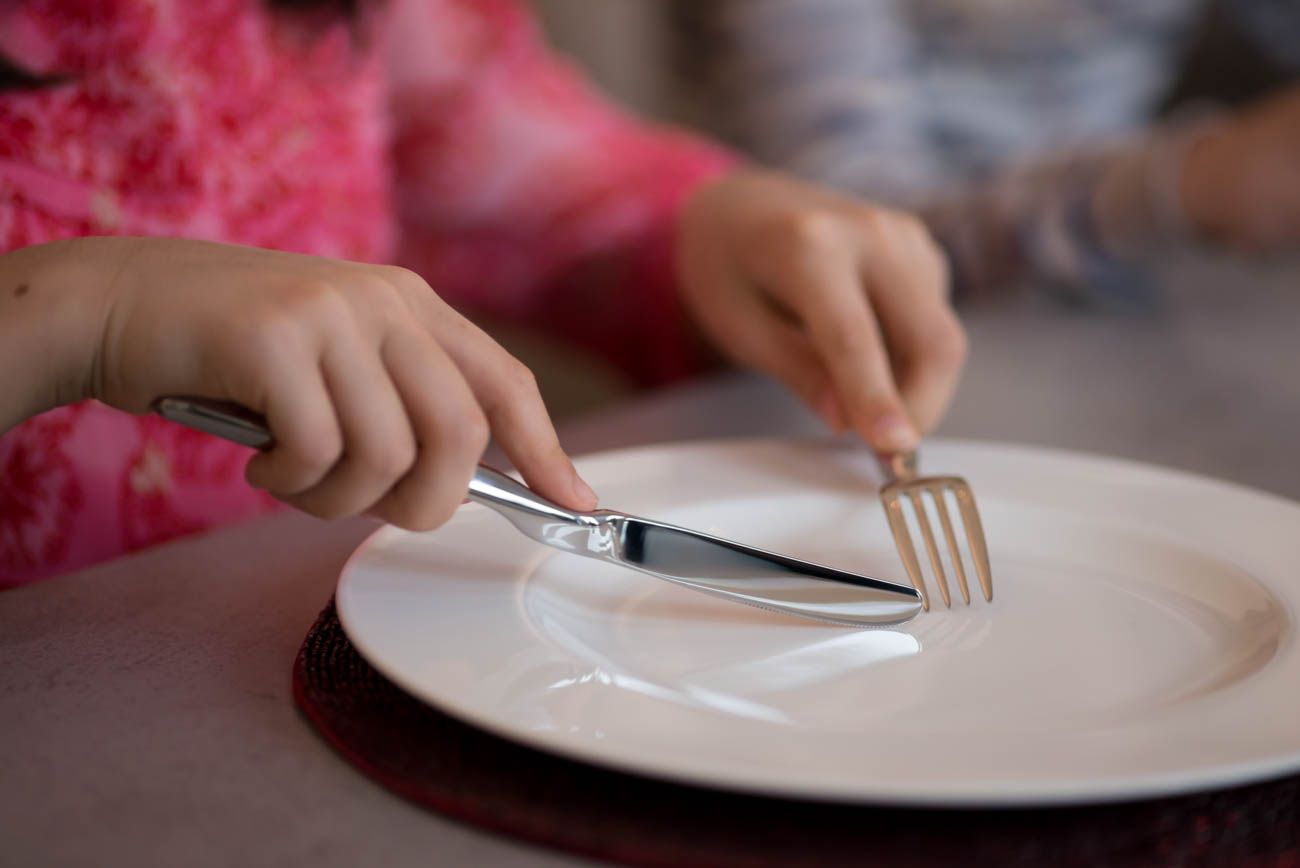

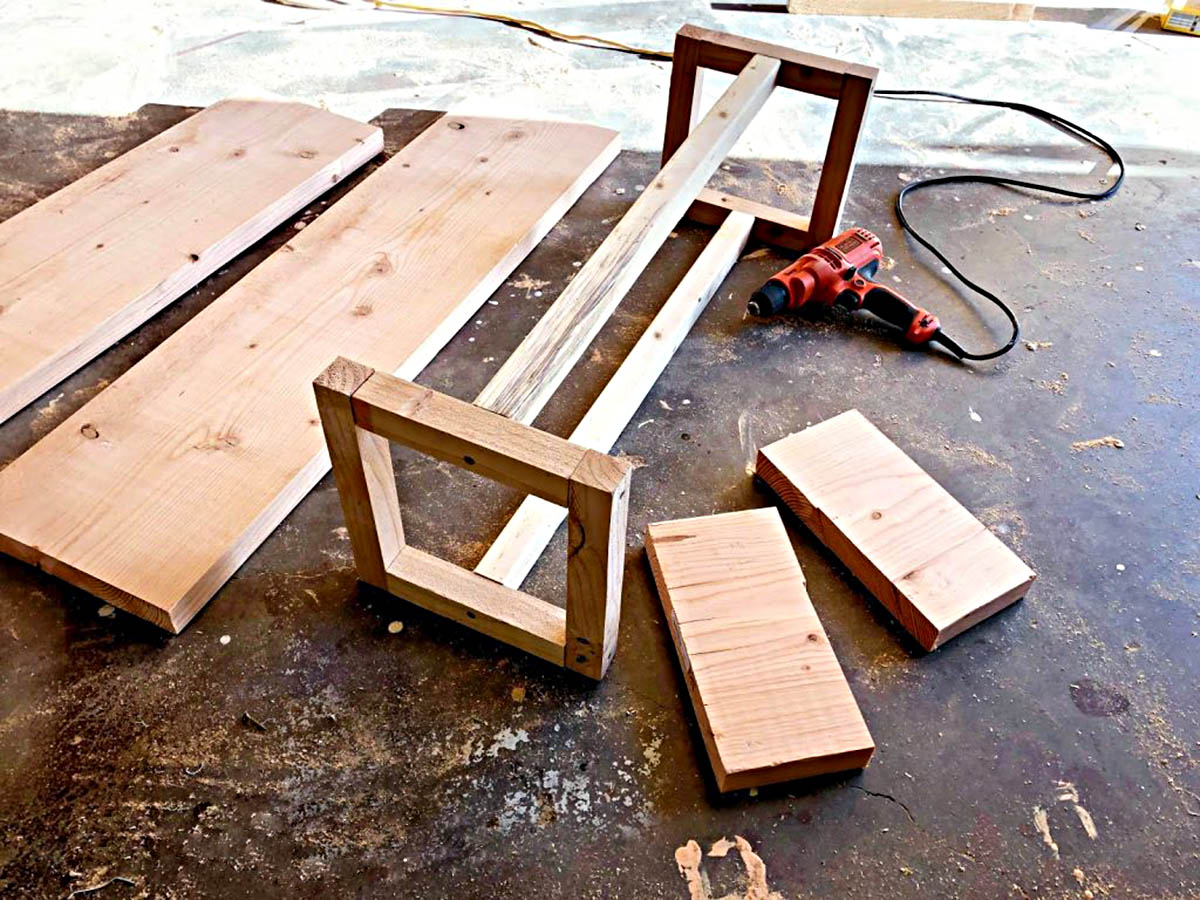

0 thoughts on “Table Manners: How To Behave In The Modern World And Why Bother”